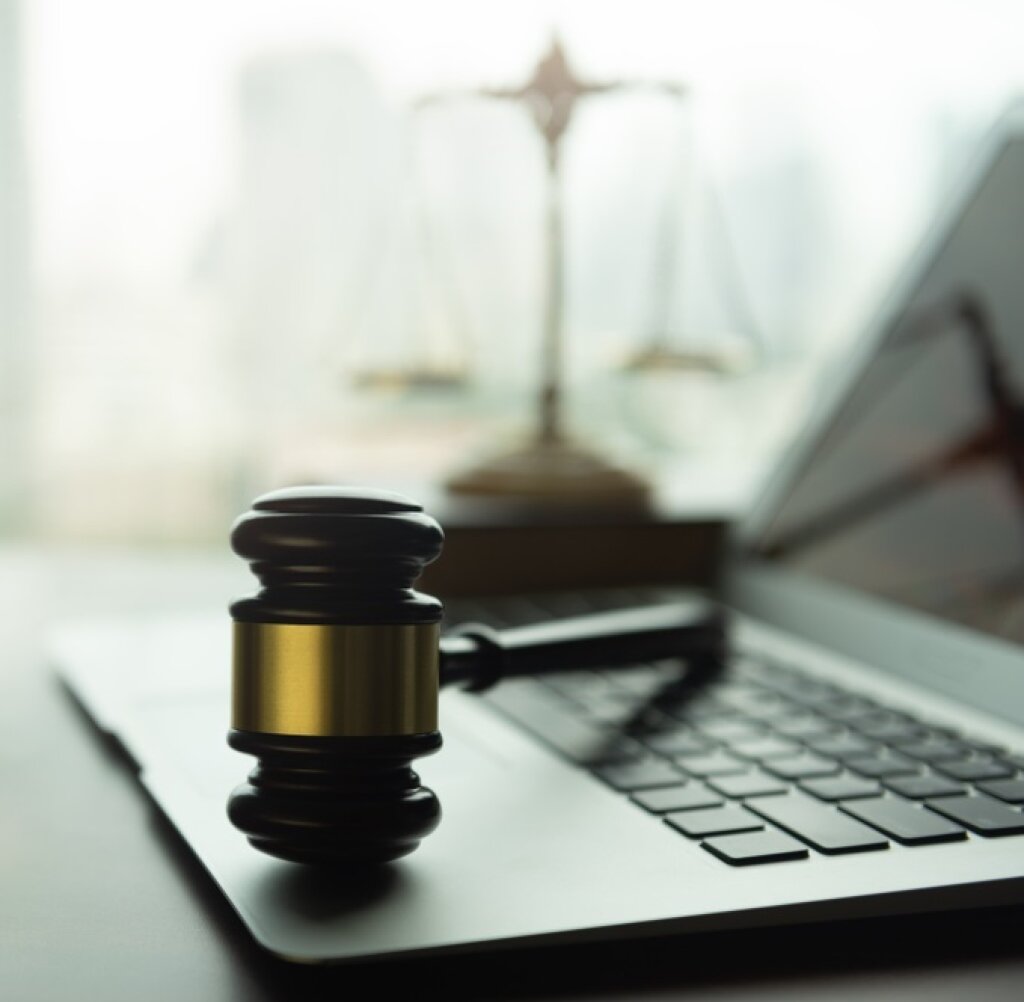Technological advances in video redaction for education
Technological advances in video redaction software have made significant impacts in various fields, including education.
For educators, video redaction is essential for maintaining the privacy of students, staff and visitors in the context of both security and online education.
Historical manual video redaction
Until relatively recently, video redaction relied primarily on manual techniques such as blurring and pixelation. Manual redaction was labour-intensive and required hours of meticulous editing frame by frame. Another drawback of manual redaction was inconsistencies in the accuracy of redaction, which result from human error.
Manual redaction caused headaches for educators when called upon to share video footage with third parties, and was not practical for producing learning materials.
Automated video redaction
Advancements in technology, such as virtual reality and artificial intelligence, means that today automated video redaction software is available. Innovative redaction tools employ machine learning algorithms to streamline and speed-up the redaction process. Automated redaction systems detect and track objects within video footage, and provide consistent redaction of sensitive content.
Automated redaction enables educators to fulfil requests for video footage compliantly and underpins efforts to digitise teaching materials.

Key advances in video redaction in education
Here are some key areas where technological advancements have proved particularly beneficial in education:
1. Privacy protection
Face and voice blurring
Facial recognition technology
Modern algorithms can detect and blur faces automatically, which ensures the privacy of students and teachers in recorded sessions.
Voice anonymisation
Advanced audio processing can distort or replace voices to maintain anonymity.
2. Automated redaction tools
AI and machine learning
AI and machine learning technologies can identify and redact sensitive information automatically such as faces, names, addresses and other personally identifiable information (PII) in video content.
3. Enhanced accessibility
Subtitles and transcriptions
Automatic speech recognition (ASR)
ASR technology converts spoken words into text and provides subtitles and transcripts for educational videos, which makes them accessible to hearing-impaired students.
Language translation/Real-time translation
AI-powered tools can provide real-time translation of subtitles, which makes educational content accessible to non-native speakers.
4. Content customisation
Adaptive learning
Personalised content
AI can analyse student interactions with videos and adapt the content to suit learning the learning pace of individuals and their preferred learning styles.
Interactive video platforms
Embedded assessments
Questions and interactive elements can be embedded within videos, which facilitates real-time feedback and assessments.
5. Security and compliance
Data security/Encryption
The ability to encrypt video footage ensures that redacted videos are securely stored and transmitted to prevent unauthorised access.
Compliance
Redaction tools ensure that videos meet legal and institutional compliance requirements, such as FERPA (Family Educational Rights and Privacy Act) in the United States, and GDPR (the General Data Protection Regulation) in Europe and the UK.
6. Efficiency and scalability
Batch processing
Bulk redaction
Bulk redaction is the ability to process and redact multiple videos simultaneously, which saves time and resources for educational institutions.
Cloud-based solutions
Scalability
Cloud-based video storage provides scalability and enables educational institutions to handle large volumes of video content efficiently.
Integration with learning management systems (LMS)
Seamless workflow
API Integrations
Video redaction tools can be integrated with popular LMS platforms like Moodle, Canvas and Blackboard to ensure smooth workflows for educators.
User-friendly interface
Ease of use
Intuitive interfaces enable educators with minimal technical expertise to redact videos quickly and effectively.
Future video redaction directions in education
Artificial intelligence
Continued advancements in AI are expected to enhance the accuracy and efficiency of video redaction software. Machine learning will play a significant role in next-generation video redaction. Machine learning involves feeding data to a machine so it can learn over time to anticipate and make decisions on its own and act by using information from real-world interactions.
Using pattern recognition as a guide, systems use the data entered to learn to perform tasks independently. Video footage can therefore be used to train systems to interpret and process scenes captured on subsequent video recordings.
Busy scenes on video
Today’s video redaction technologies are able to cope with the historical challenges of redacting busy scenes and low-light settings.
When there are many people and related PII in video footage, some could be missed owing to the speed of activity recorded. However, AI-driven auto-redaction is able to track objects at pace.
Low light conditions
A combination of AI and video enhancement capabilities enable educators to redact video that has been recorded in low light conditions.
Conclusion: Advances in video redaction in education
In conclusion, advancements in video redaction technology are transforming the way educational institutions handle video content, by ensuring privacy and compliance while enhancing the overall educational experience.
Video redaction plays an important role in safeguarding privacy, ensuring compliance, generating reusable educational material and enhancing the effectiveness of online learning.
There are many benefits to recording lessons for online learning and teacher training. Video redaction software enables schools to comply with legal and ethical requirements, and to create teaching content without risk of privacy breaches.
Facit’s Identity Cloak is a powerful compliance tool that enables educators to redact video footage accurately, rapidly and cost-effectively.
Identity Cloak enables educators to remove all PII from video footage and fulfil their compliance obligations in two significant contexts. Schools and colleges can share redacted video footage when it is requested by parents and third parties,. Educators can be innovative in developing online classes and reusable training materials, safe in the knowledge that live sessions and recorded materials comply with privacy regulations.
Ask us about our years of experience helping schools to meet their compliance obligations and create innovative learning materials.



